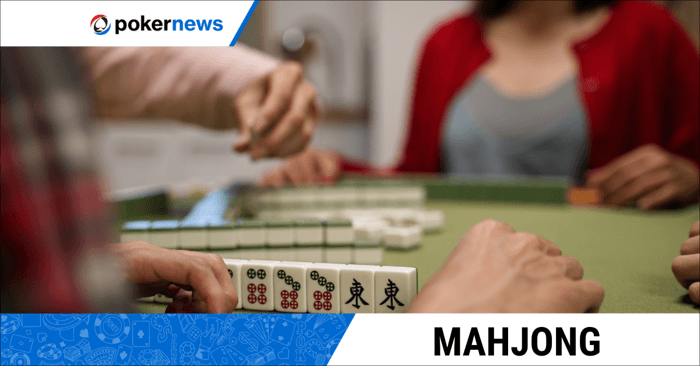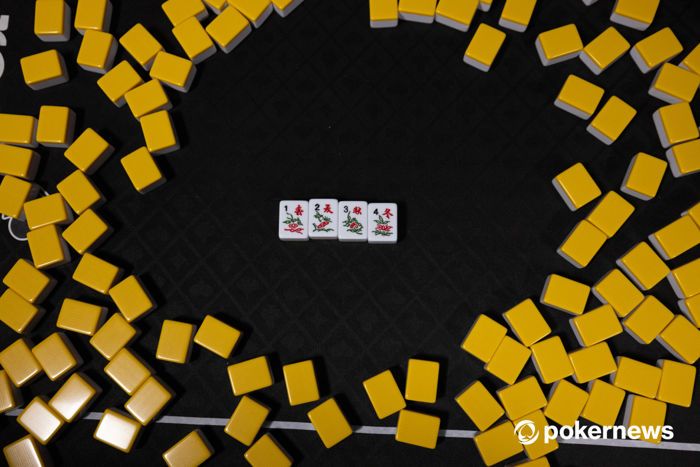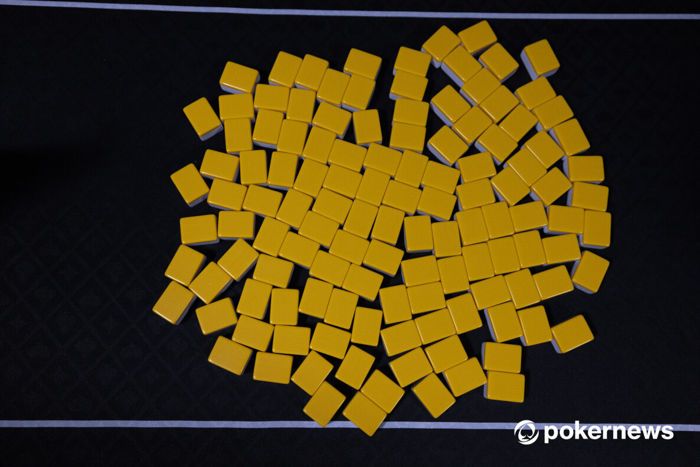Mahjong vs. Mahjong Solitaire - Unraveling the Distinctions in Tile Games

Let's embark on a journey to understand the differences between Mahjong and Mahjong Solitaire, two distinct tile-based games. In this guide, we'll unravel the complexities of each game, exploring the traditions and strategic elements that set them apart and make them unique in their own right.
Mahjong - Tile-Based Strategy Game
Mahjong, a captivating tile-based strategy game with ancient roots, takes players on a journey through tradition, strategy, and social interaction. Originating in China, Mahjong has evolved into a worldwide phenomenon, captivating enthusiasts with its unique blend of skill and chance. The game typically involves four players, each drawing and discarding tiles from a beautifully crafted set, with the ultimate aim being to complete specific combinations.

The allure of Mahjong extends beyond its gameplay. Often played in lively gatherings, Mahjong fosters camaraderie and friendly competition. The game unfolds with players strategically deciphering the tiles in their hands, aiming to form sets and achieve victory through tactics rather than mere chance.
Mahjong's rules are intricate, a direct result of a diverse array of tile combinations and patterns that dictate scoring and gameplay. The inclusion of honor tiles, flower tiles, and unique hands adds depth, creating dozens of strategic possibilities. The game's complexity ensures an engaging experience for both casual players and those seeking a deeper understanding of its nuances.
SEE ALL OUR OTHER MAHJONG GUIDES
Mahjong Solitaire - A Solo Tile-Matching Challenge
Mahjong Solitaire is an intriguing puzzle game where players embark on a solo journey to clear a board adorned with patterned tiles. The rules of Mahjong Solitaire deviate from its multiplayer counterpart; it focuses on the solitary pursuit of pairing identical tiles and clearing the entire layout.
Mahjong Solitaire differs from traditional Mahjong as it is a solo, non-competitive game. Players independently tackle the challenge, strategically eliminating tiles to uncover hidden ones. The goal is to dismantle intricate tile structures, providing a contemplative experience that enhances cognitive skills and pattern recognition.
The game's appeal lies in its simplicity and accessibility. There's no need to deal with complex scoring or strategic interactions with opponents. Instead, players focus on individual strategy and the satisfaction of unraveling tile formations. Mahjong Solitaire is a captivating, solo puzzle that offers a serene yet mentally stimulating experience, gaining popularity in the digital gaming landscape. Whether on a computer, tablet, or smartphone, it showcases Mahjong's adaptability and enduring appeal.
Gameplay Dynamics of Mahjong
Mahjong, a game with a rich tradition and strategic depth, involves drawing and discarding tiles from a meticulously arranged set to create specific combinations for victory. Each player starts with a hand of tiles, and strategic decisions revolve around drawing, discarding, and forming sets and pairs.

Drawing tiles combines chance and strategy, with players drawing from the wall or claiming discarded tiles to complete combinations like Pongs or Chows. The decision of which tiles to keep or discard is crucial, requiring players to balance their strategy against potential advantages for opponents.
The essence of Mahjong gameplay lies in forming sets and pairs, demanding careful planning and adaptability as the game evolves. Strategic decisions extend beyond individual rounds, with players anticipating the evolving dynamics, reading opponents, and aiming for victory by achieving a complete and valid Mahjong hand.
Gameplay Dynamics of Mahjong Solitaire
Mahjong Solitaire offers a captivating solo tile-matching experience with unique dynamics. The goal is to clear the meticulously arranged board by strategically pairing identical, unobstructed tiles. Unlike traditional Mahjong, this contemplative puzzle encourages independent navigation of the board.
Players must strategically expose hidden tiles, planning to maximize matches and gradually clear the board. Successfully uncovering and matching tiles adds to the addictive nature of Mahjong Solitaire, creating a mentally engaging experience.
As a solo puzzle-solving endeavor, Mahjong Solitaire transforms the Mahjong tradition into a rewarding challenge. Its distinct gameplay provides a serene yet compelling experience, where each move contributes to unraveling intricate patterns and achieving the solitary triumph of clearing the board.
MAHJONG NOT FOR YOU? CHECK OUT BRIDGE INSTEAD
Key Differences and Similarities
Mahjong and Mahjong Solitaire, originating from the same source, differ in gameplay and objectives. Traditional Mahjong involves four players in a competitive setting, strategically drawing and discarding tiles to achieve victory. In contrast, Mahjong Solitaire is a solo experience focused on clearing a board through matching pairs of identical tiles.
Distinct strategic goals characterize the two games. Traditional Mahjong emphasizes forming sets and achieving a valid hand competitively. Mahjong Solitaire focuses on puzzle-solving, clearing the board by matching pairs, emphasizing pattern recognition and thoughtful tile selection.
Despite differences, both games share beautifully crafted tiles and the fundamental concept of tile-matching. Traditional Mahjong involves strategic player interactions, while Mahjong Solitaire transforms tile-matching into a solitary puzzle-solving experience. These differences and shared elements contribute to the diverse appeal of both Mahjong and Mahjong Solitaire, each offering a unique gaming experience.
You May Be Interested in These Other Mahjong Articles
FAQs - Mahjong vs. Mahjong Solitaire
What is the primary objective in traditional Mahjong, and how does it differ from Mahjong Solitaire?
The primary objective in traditional Mahjong is to form complete sets and achieve a valid Mahjong hand before opponents. In Mahjong Solitaire, the goal is to clear the entire board by matching pairs of identical tiles, emphasizing solo puzzle-solving.
Can the tiles and symbols used in Mahjong and Mahjong Solitaire be interchangeable?
While both games use similar tiles with intricate designs, the gameplay and arrangements differ significantly, making the tiles non-interchangeable between traditional Mahjong and Mahjong Solitaire.
Are there specific strategies that apply to both Mahjong and Mahjong Solitaire?
Strategies in Mahjong involve competitive play and interaction with opponents. In Mahjong Solitaire, the focus is on puzzle-solving and strategic tile matching, creating distinct gameplay strategies for each.
How long does a typical game of Mahjong last compared to Mahjong Solitaire?
The duration of a traditional Mahjong game can vary significantly, influenced by factors like skill level and game format. Mahjong Solitaire games are generally shorter due to their solitary nature and puzzle-solving focus.
What are the key cultural influences that distinguish Mahjong from Mahjong Solitaire?
Traditional Mahjong has deep cultural roots, originating in China and reflecting social aspects of gameplay. Mahjong Solitaire, while drawing from the same cultural origins, transforms the game into a contemplative and individual experience, altering its cultural influences.
